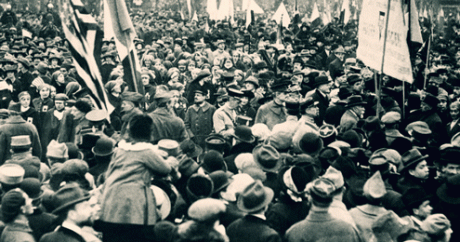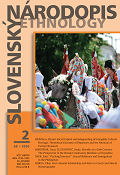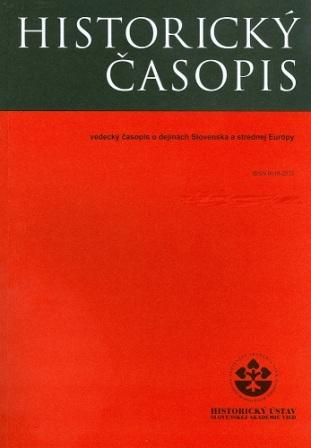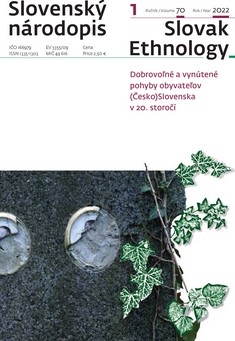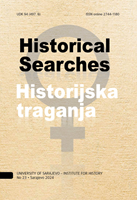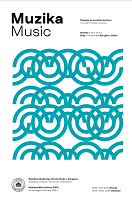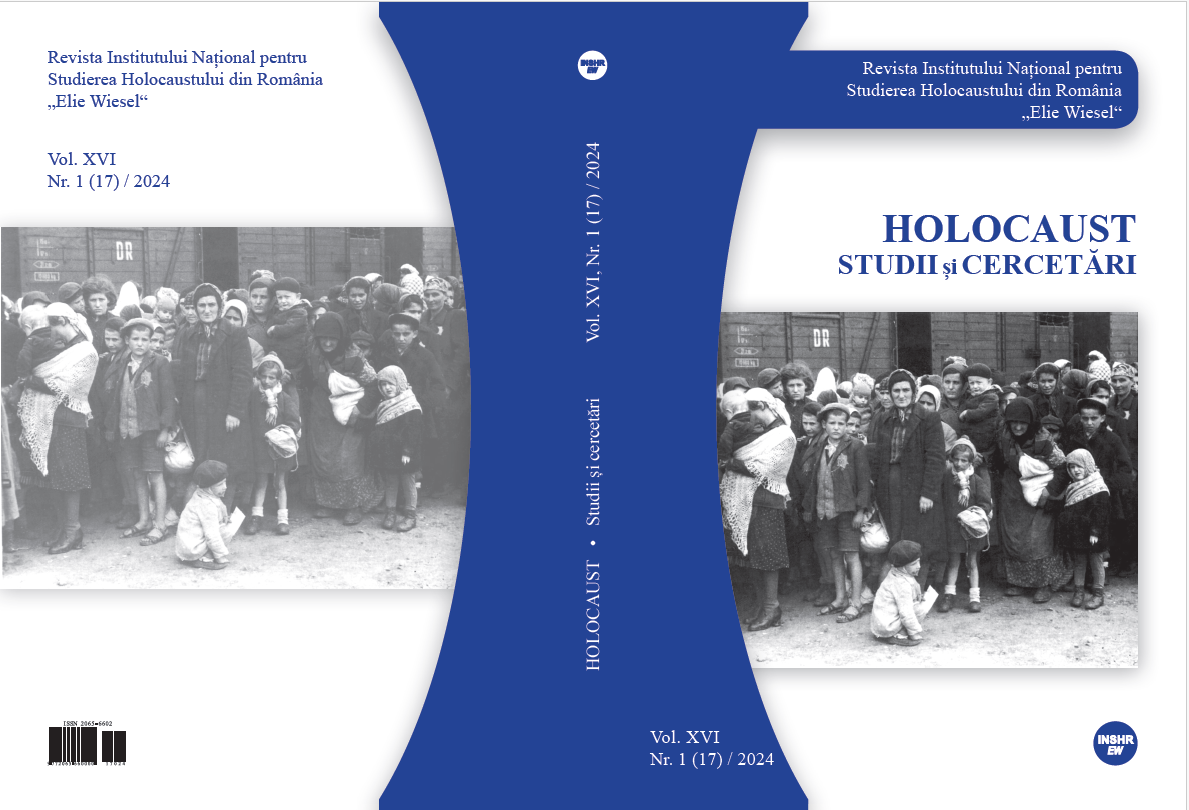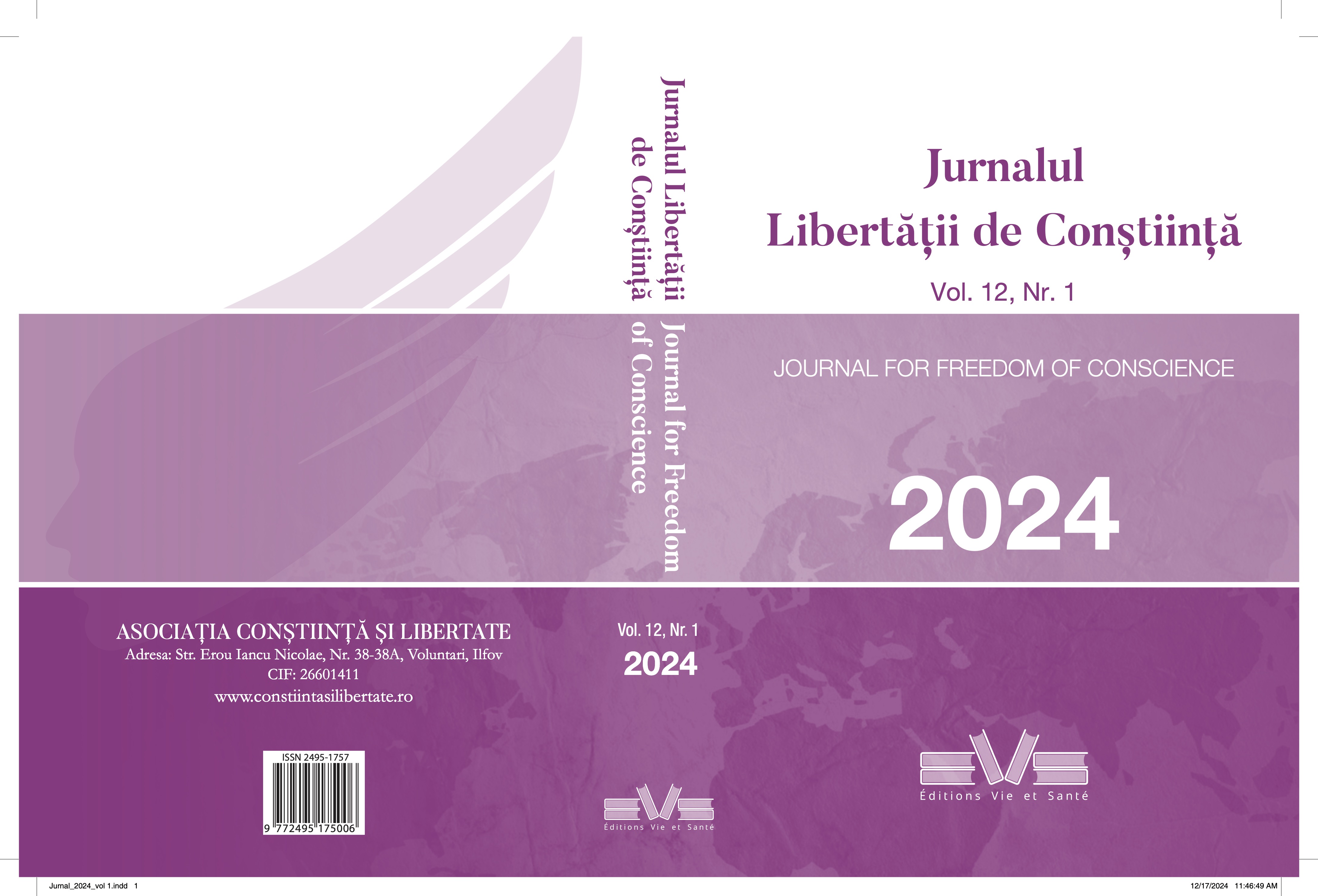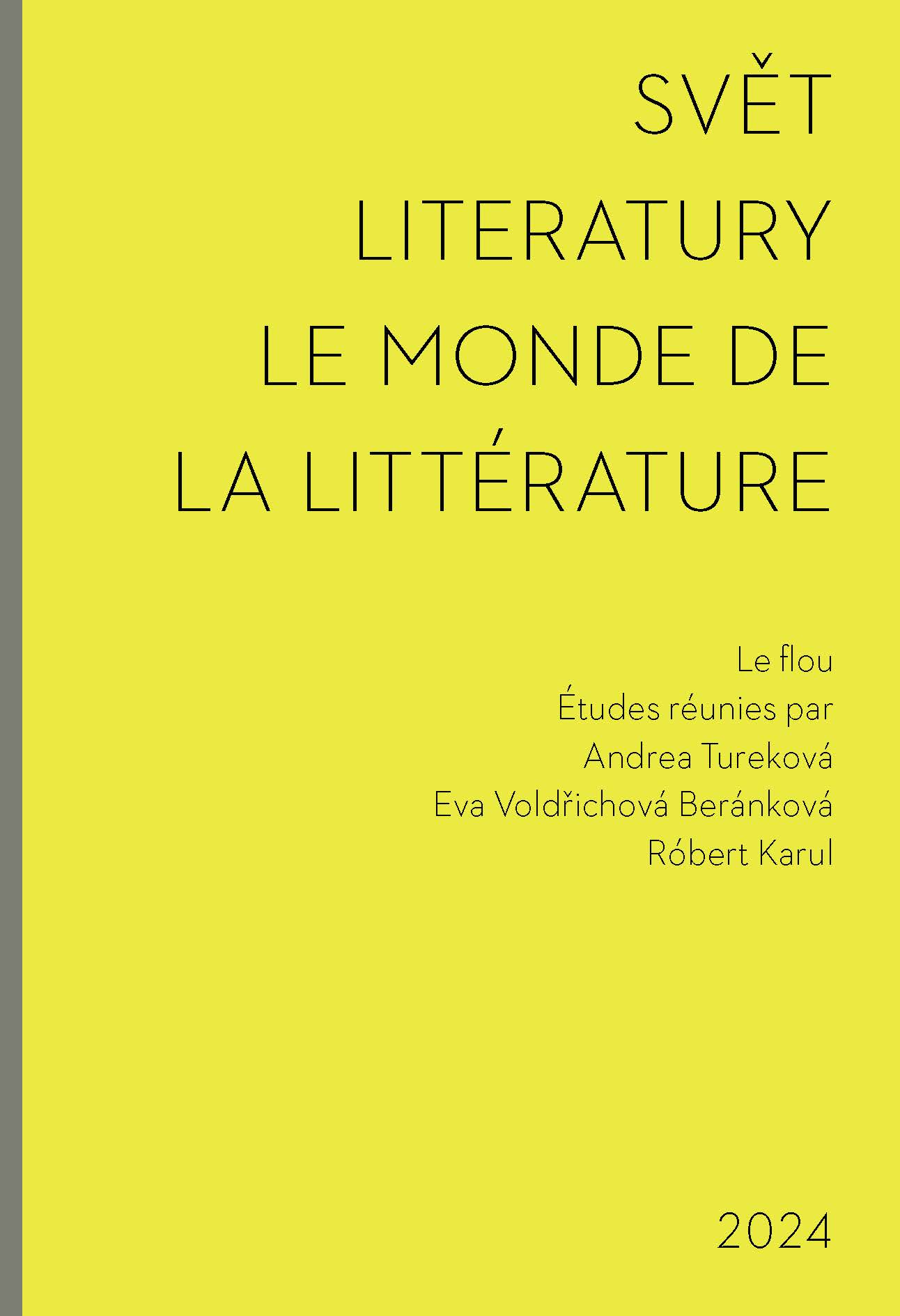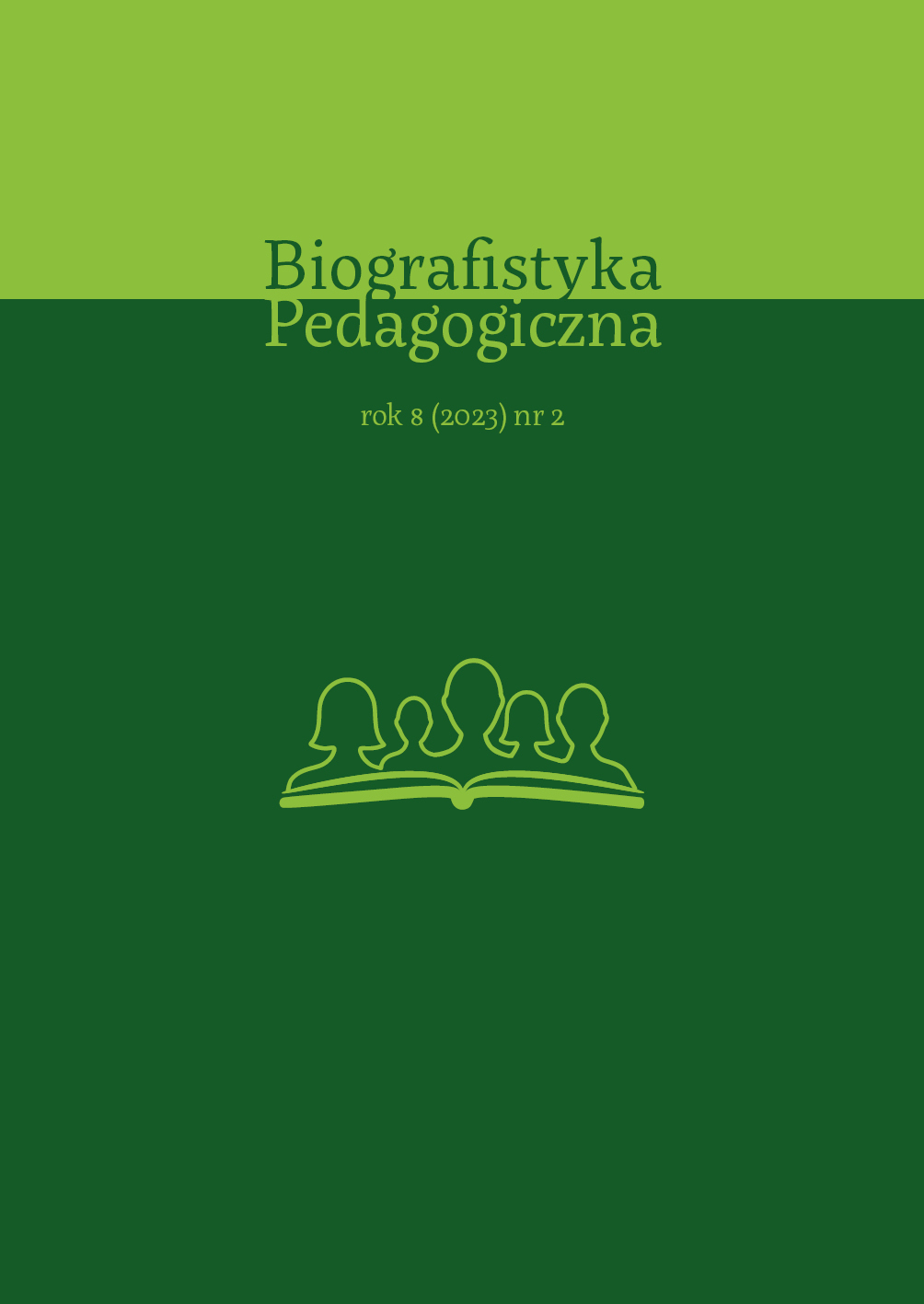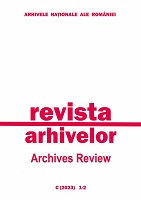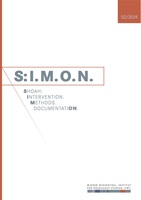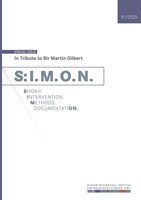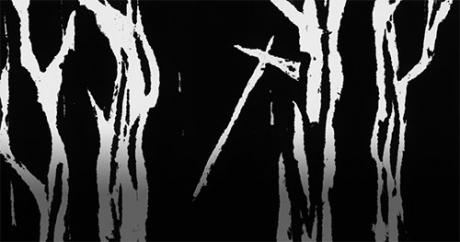
Autonómia Slovenska 1938 – 1939: Počiatočná fáza holokaustu a perzekúcií (Úvod)
The end of the 1930s was critical for the democratic regime of the Czechoslovak Republic and the international situation after the signature of the Munich agreement on 29th September 1938. The movement for autonomy for Slovakia resulted in the declaration of Slovak autonomy on 6th October 1938. The Hlinka´s Slovak People‘s Party (HSĽS) immediately started to establish a single ruling party system. During this relatively short 6-month period, until the declaration of the Slovak State in March 1939, significant political changes were dramatically implemented. The conservative, nationalist, and Christian regime of the HSĽS initiated the process of forming a “new” Slovakia under the protective umbrella of Nazi Germany, including the struggle against its enemies – real and also fictitious. The move to Slovak Autonomy represented a significant transition period when the planning and organisation of the initial phase of the Holocaust and the persecution of other potential opponents was begun by political representatives.
More...
